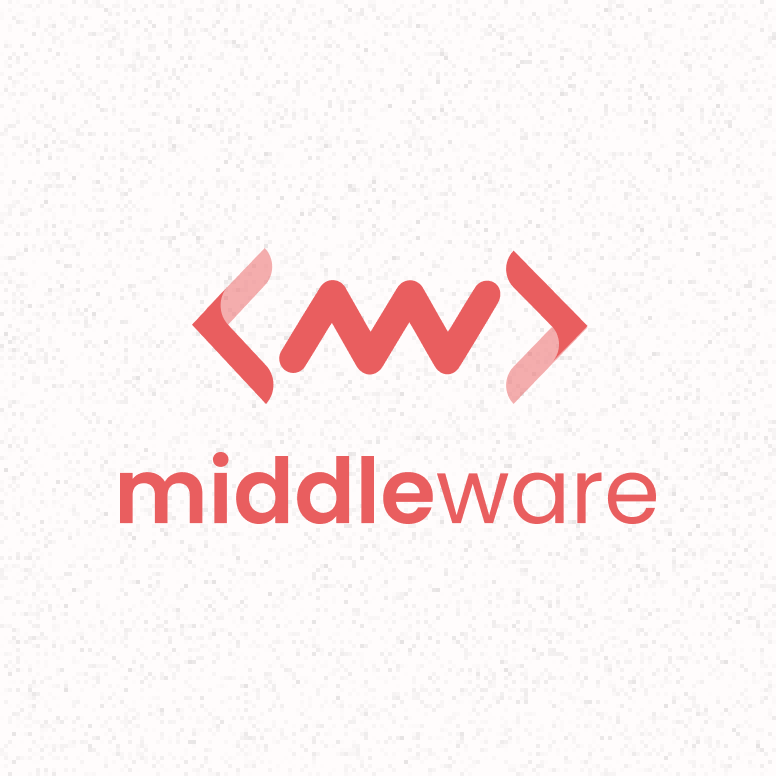209 reads
From Cloud to Cryptocurrency to the Metaverse: Tech That Transformed CX
by
February 16th, 2022
Audio Presented by

We aim to empower all organizations to modernize infrastructure with agile, scalable, AI-Powered observability tools
About Author
We aim to empower all organizations to modernize infrastructure with agile, scalable, AI-Powered observability tools